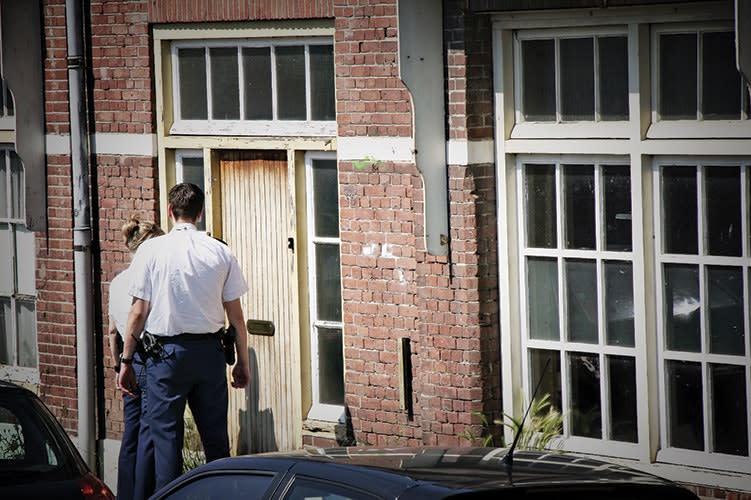Probable Cause
As numerous U.S. Supreme Court and appellate rulings consistently reflect, peace officers must demonstrate that probable cause exists to enter and search. Even though the Courts will consider the "totality of circumstances" to meet the Fourth Amendment requirement, officers must have specific facts that can be articulated in court in a sworn statement (affidavit). Thus, probable cause requires something less than an absolute, or even a near certainty; but something more than a mere hunch, suspicion, or educated guess.
Probable cause to enter a premises to satisfy a reasonable belief that an occupant may be in need of immediate police and/or medical intervention may be based upon the "collective knowledge" of the officer or officers involved in an investigation; and all of the references that might be reasonably drawn from this information, with the officer or officers' training and experience.
The Courts have ruled that because police officers possess specialized education, training, and experience, they are provided some level of investigatory latitude beyond that of a common citizen. The Courts recognize that it is possible for an activity that otherwise appears innocent to the general public to amount to probable cause to an officer.
Making Legal Entry
However, it is important to remember that while an officer's training and experience may form the calculus for determining probable cause to enter, the ultimate facts must be seen and weighed as understood by a "reasonable officer." Such determinations fall within the context of the "objective reasonableness" doctrine.
Examples of circumstances of a person being in imminent risk or harm and/or requiring immediate police and/or medical assistance include, but are not limited to: a person calling out for help, neighbors reporting hearing cries for help; groaning, crying, sounds of a person in distress; a 911 dispatcher reporting similar information; officers observing blood or other evidence of possible injury or a person in medical distress; or similar specific circumstances, statements, or facts.












